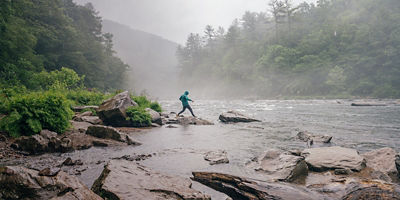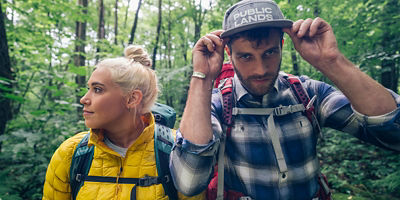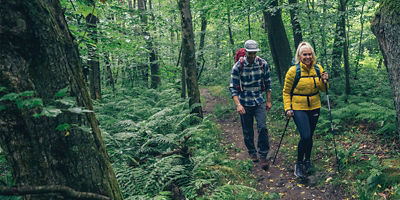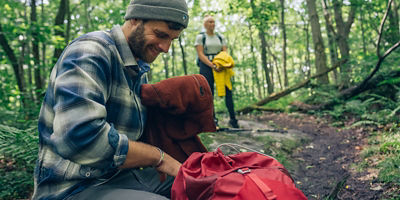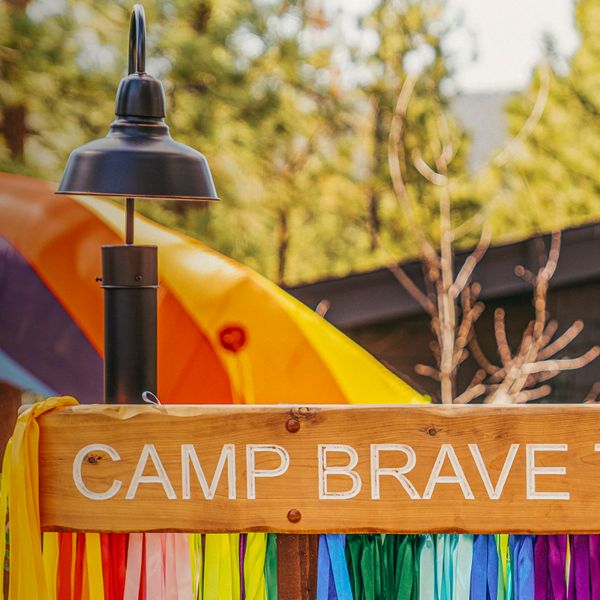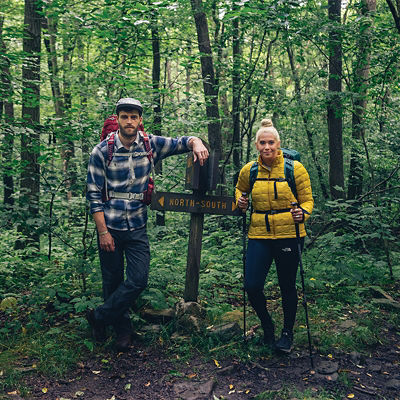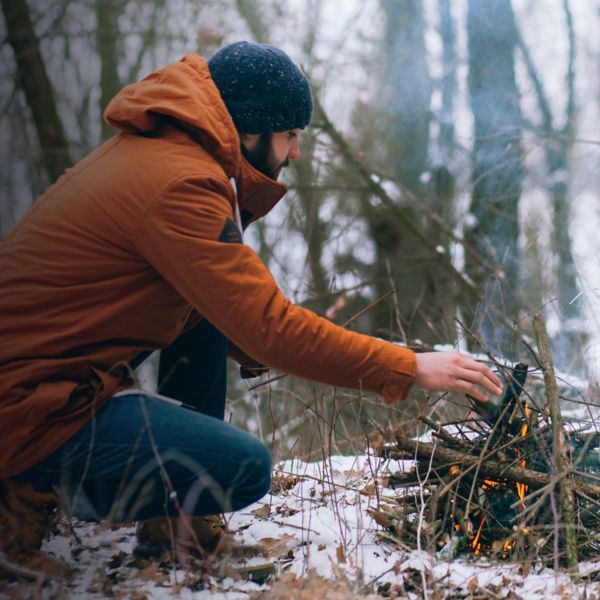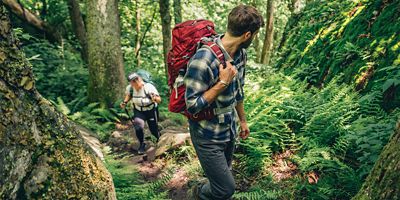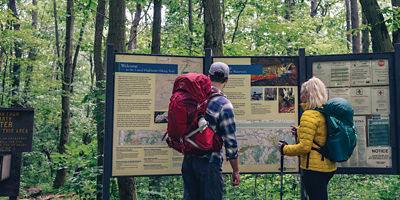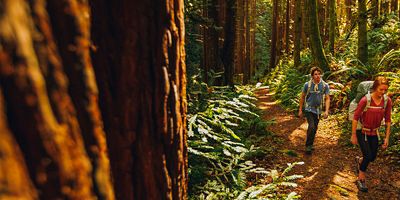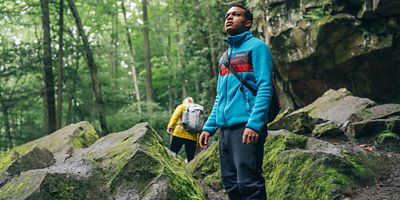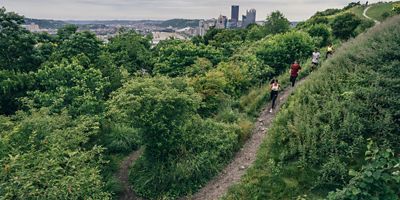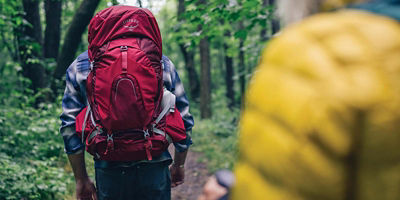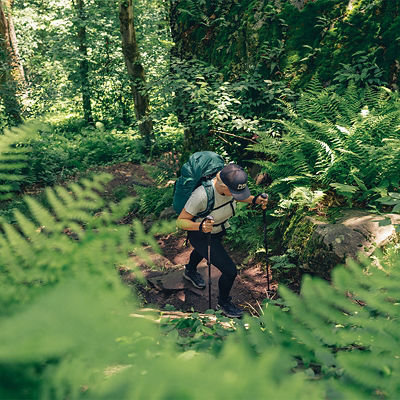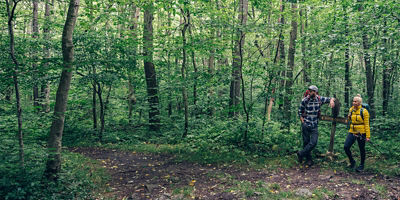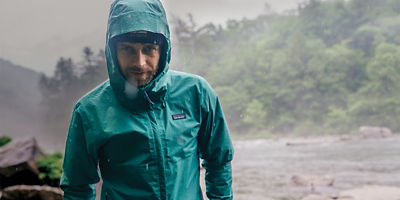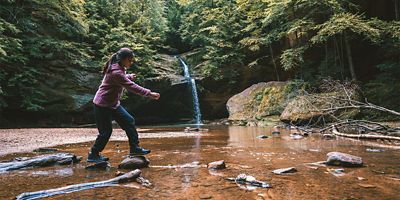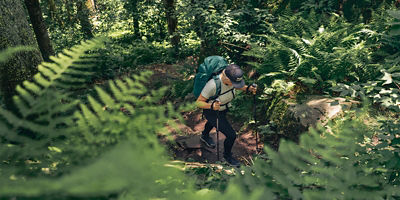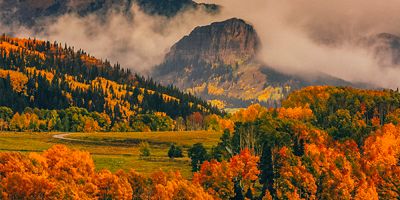
If you’re interested in hiking the Appalachian Trail (AT) but can’t get the time off work, don’t like crowds, or don’t want to hike for five months straight, consider this alternative: the Benton MacKaye Trail. It crosses the AT where both begin in north Georgia and then again where this shorter 288-mile route ends in central Virginia, but charts its own course across quiet wilderness, deep valleys, and high peaks in between. The whole thing only takes about three to four weeks to do. It also features fewer road crossings and a higher percentage of wilderness than the AT, which makes it a great option for hikers on the hunt for solitude.
If three to four weeks of hiking still sounds like too much, have no fear: There are dozens of trailheads along the Benton MacKaye, making it perfect for thru-hikers, section-hikers, and day-hikers alike. Here’s what you need to know to start planning your trip.
History of the Benton MacKaye Trail
The Benton MacKaye Trail (BMT) was first conceived of by hiking enthusiast and Georgia Department of Natural Resources staffer Dave Sherman in 1975. His vision was to create an alternative to the AT and give the Southeast a long-distance trail all its own. In 1980, the final plans were approved, and an army of volunteers set to work, connecting pre-existing trails and building new ones across some of the Southeast’s most scenic landscapes. The entire route was officially completed in 2005 and named for Benton MacKaye, an early American conservationist. Today, the BMT crosses three states—Georgia, Tennessee, and North Carolina—and is popular among day-hikers and backpackers alike.
About the Route
Like the Appalachian Trail, the Benton MacKaye starts atop Georgia’s Springer Mountain. From there, the BMT shares its first few miles with the AT before veering east through the Chattahoochee National Forest and crossing into Tennessee. It then zigzags north through the Cherokee National Forest, ducks into North Carolina, and traverses the entirety of Great Smoky Mountain National Park. It finishes at the park’s northernmost border.
The entire route is located on the shared ancestral homeland of the Yuchi/Uchee (S’atsoyaha) and Cherokee (Tsalaguwetiyi) peoples.
For more information about regulations and permits head to fs.usda.gov. For maps and thru-hiking information, check out the Benton MacKaye Trail Association website at bmta.org.
Getting There
There are dozens of trailheads along the BMT that are perfect for planning a thru-hike. However, the trail’s official start is Springer Mountain. To get to this trailhead from the Kennesaw area, take on Interstate 575 going north. Exit near Tate to get on state Route 53 East. After 12 miles, veer north to gain the Steve Tate Highway toward Amicalola. Day-hikers can find parking at Amicalola Falls State Park. Backpackers should try the parking area along Forest Service Road 42 just north of the trailhead.


